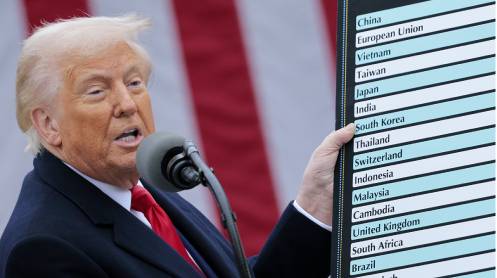ISLAMABAD: Gas companies in Pakistan are facing mounting concerns over the management of natural gas flows, particularly a significant reduction of 350 million cubic feet per day (mmcfd) from local fields since the second week of March. This reduction, aimed at managing gas pressure in the pipeline distribution system, has sparked worries among exploration and production (E&P) companies about potential risks to oil and gas wells and reserves.
The Energy Ministry’s senior officials disclosed that the Petroleum Division and relevant authorities are alarmed by this development. A meeting has been scheduled with top management of E&P companies and gas entities to address the curtailment of natural gas flows.
The reduction in gas flows from major local fields has raised operational challenges for Sui Southern and Sui Northern, responsible for managing line pack pressure. This reduction has also raised concerns about the vulnerability of oil and gas fields, particularly the inability to recharge wells when gas flows are significantly reduced.
The situation is further complicated by long-term LNG agreements, with imports from Qatar and ENI, alongside domestic gas production. The surplus of gas due to less consumption of imported LNG has led to the curtailment of local gas flows to manage line pack pressure, impacting industries and consumers.
While the current power generation remains stable, with RLNG usage at a lower level due to economic considerations, the upcoming increase in electricity demand during summer is expected to boost RLNG usage, easing gas pressure in the system.
Authorities are diverting RLNG to the domestic sector to manage line pack pressure, despite reduced demand in summer. This diversion could lead to an increase in gas tariffs as gas companies adjust their revenue requirements.
As of May 5, 2024, line pack pressure stands at 5,103 million cubic feet (mmcft), highlighting the ongoing challenges in gas pressure management amidst fluctuating demand and supply dynamics.
Story by Khalid Mustafa





